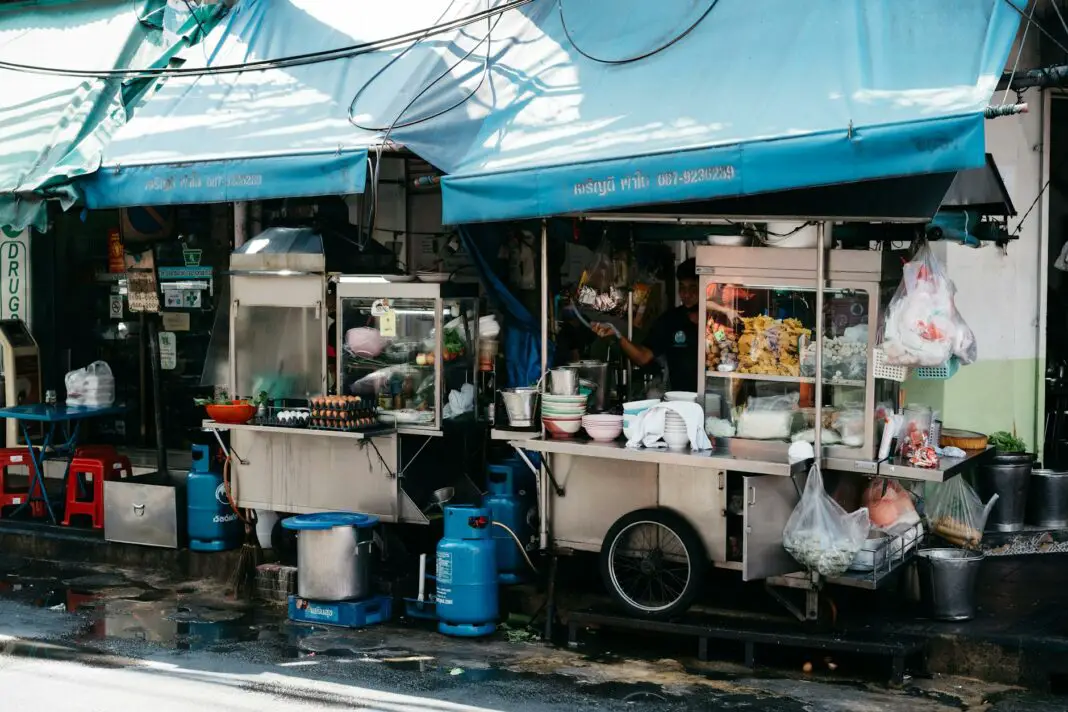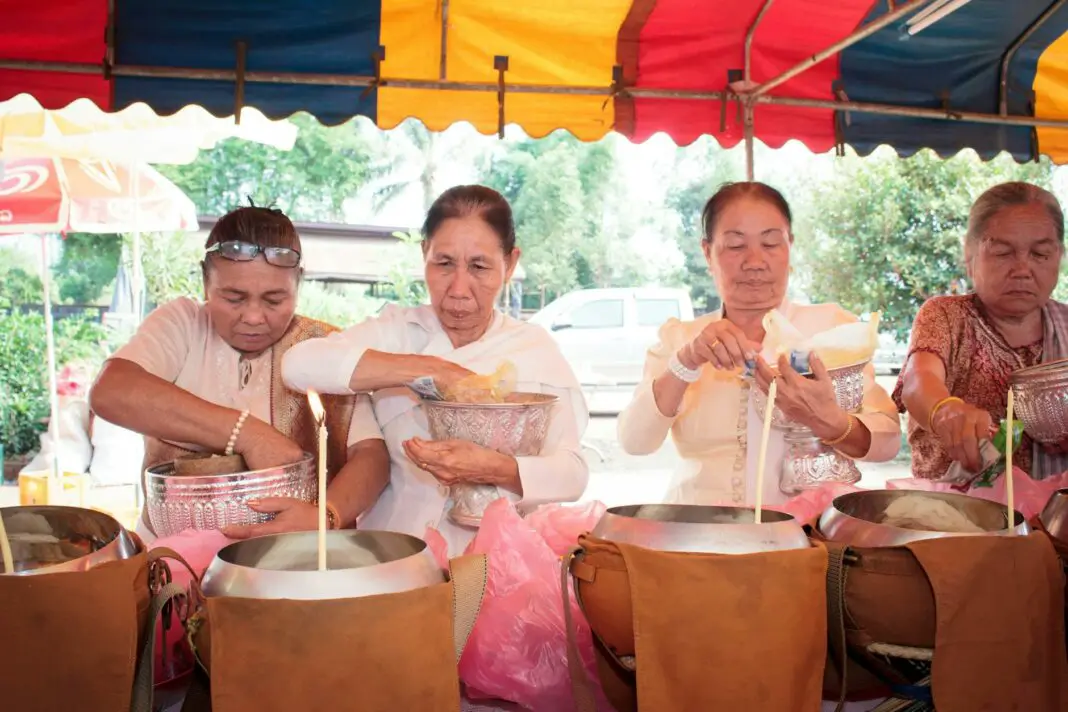Embarking on a trip to Thailand is unlike any other travel experience. This enchanting destination not only invites you with its stunning landscapes and rich cultural heritage but also tantalizes your senses with its vibrant cuisine. If you are a food lover or someone interested in culinary traditions, this unique adventure leads you to discover secret Thai cooking techniques that will truly blow your mind. By diving deep into Thai gastronomy, you will not only learn how to replicate these authentic flavors in your own kitchen but also appreciate the art of cooking that is distinctively Thai.
In this blog post, we will journey through the savory world of Thai cuisine, exploring hidden cooking methods that have been passed down through generations. Whether you are planning a visit to Thailand or simply want to enhance your culinary skills, understanding these techniques can elevate your cooking and impress your family and friends. Get ready to dive into a delightful exploration that combines adventure with an appreciation of culinary artistry!
Table of Contents
- Understanding Thai Culinary Traditions
- The Power of Fresh Ingredients
- Balancing Flavors in Thai Cooking
- Unique Cooking Methods to Learn
- The Role of Herbs and Spices
- Practical Tips for Home Cooks
- Thailand Awaits Your Culinary Exploration
Understanding Thai Culinary Traditions
Thai culinary traditions are diverse and steeped in history, reflecting centuries of cultural exchange and adaptation. This fascinating aspect is crucial, as Thai cooking is influenced by its neighbors such as China, India, and Malaysia while exhibiting its own unique identity. From the bustling street food stalls of Bangkok to the serene, traditional kitchens in the villages, you encounter different regional varieties and cooking styles. You will discover that the essence of Thai cuisine lies in meticulous preparation and balancing essential flavors like sweet, sour, salty, and spicy, creating a harmonious plate that entices your palate.
This wealth of culinary tradition emphasizes that cooking is not merely a task but a joyful, communal activity where family and friends participate, further enriching each dish’s flavor with storytelling and laughter. With such deep-rooted customs, learning these techniques provides not just skills but also a deeper understanding and connection to the rich tapestry of Thai culture. Part of the beauty of Thai cooking also lies in its flexibility and adaptability, making it accessible to home cooks worldwide.
The Power of Fresh Ingredients
The vibrant Thai cuisine heavily relies on the use of fresh, high-quality ingredients. Farmers in Thailand nurture their plots with love, leading to an abundance of herbs, vegetables, meats, and seafood. One can’t underestimate the impact that fresh ingredients have, not only on the taste but also on the health benefits of the dishes. When you visit local markets in Thailand, the colorful array of produce captivates your senses: from fragrant lemongrass to fiery chilies and luscious fruits, it becomes clear that good food starts with good ingredients.
When attempting to recreate Thai dishes at home, sourcing fresh ingredients should be your top priority. This approach elevates your cooking experience, allowing you to appreciate the flavors and aromas that define authentic Thai cuisine. For instance, incorporating freshly picked Thai basil instead of dried leaves can dramatically transform your dish. The freshness will unlock a burst of flavors that encapsulates the essence of Thailand’s culinary philosophy.
Balancing Flavors in Thai Cooking
Understanding the art of balancing flavors is critical when preparing Thai dishes. Each component adds a unique aspect to the dish, creating a well-rounded and gratifying meal. The classic example of Thai flavor balance can be seen in the beloved dish, Pad Thai. It masterfully weaves together sweet tamarind, salty fish sauce, zesty garlic, and the heat from chilies, ensuring a delightful explosion of tastes.
The real magic lies in experimentation. Feel free to play with quantities and find your personal preference while maintaining that fundamental balance. This willingness to adapt and modify not only enhances your culinary prowess but also allows you to connect with the dish on a deeper level. Each meal becomes an adventure as you mold flavors to reflect your taste, creating a unique culinary experience that stays true to the spirit of Thai cooking.
Unique Cooking Methods to Learn
Dive deeper into the rich world of Thai culinary practices, and you will unveil unique cooking methods that modern kitchens often overlook. One fascinating technique is “stir-frying” with a traditional wok, which utilizes high heat and minimal oil, preserving the vibrant colors and nutrients of the ingredients. This method is fast, yet it infuses distinct flavors thanks to the high heat that seals in taste.
Also noteworthy is the art of making curry paste from scratch. It is not merely about convenience; preparing your own curry paste allows you to fully embrace the freshness of the ingredients, ranging from chili to kaffir lime leaves. This endeavor reveals the vitality of flavor in Thai dishes, emphasizing that time and attention in the kitchen yield flavors that packaged versions cannot rival. Honing these unique cooking methods can significantly enhance your culinary repertoire, turning ordinary meals into unforgettable experiences.
The Role of Herbs and Spices
In Thai cuisine, herbs and spices play an indispensable role, often regarded as the backbone of many dishes. Fresh herbs like cilantro, basil, and mint provide a fragrance and complexity, while spices such as galangal and turmeric contribute profound flavors. Delve into the symphony of these ingredients, and you will unlock aromatic profiles that tantalize the senses, making every meal memorable.
Moreover, understanding how to use these herbs properly is essential. For example, basil varieties such as Thai basil and holy basil differ significantly in taste, and using the right one can profoundly change the dish’s outcome. Learning about these herbs expands not just your knowledge but also your ability to craft standout Thai dishes that are bursting with delightful aromas and flavors, encouraging a deeper connection to the cultural dish you create.
Practical Tips for Home Cooks
Equipping yourself with practical insights can greatly enhance your culinary journey into the luscious realm of Thai cooking. Start by investing in quality tools, such as a good wok or mortar and pestle, which are vital for grinding herbs and spices. These items not only enhance your cooking but also connect you to the traditions that shape Thai cuisine.
Next, consider joining cooking classes or workshops that offer hands-on experience with authentic techniques. These opportunities not only teach you essential skills but also immerse you in the culture of Thailand, making every aspect of your culinary adventure more meaningful. Don’t forget to gather stories and experiences along the way, as sharing your culinary adventures can inspire others and elevate the appreciation for Thai cuisine worldwide.
Thailand Awaits Your Culinary Exploration
Thailand is more than just a travel destination; it is an experience rich with flavors, traditions, and secrets waiting to be discovered. As you navigate through Thailand’s culinary landscape, embrace the rich ingredients, time-honored techniques, and vibrant culture that makes this cuisine truly exceptional. The combination of learning and enjoying food is at the heart of Thai cooking, making every meal an experience to cherish. By mastering these secret techniques, you can bring a piece of Thailand into your own kitchen, impressing family and friends with delicious, authentic dishes that reflect the unique flavor of this captivating country.
FAQ
- What is the most essential ingredient in Thai cooking? Fresh herbs, such as cilantro and basil, along with spices like fish sauce, play a crucial role in creating authentic flavors.
- What can I do to recreate authentic Thai flavors at home? Focus on sourcing high-quality, fresh ingredients and learning proper techniques, like making curry paste from scratch.
- Are Thai cooking techniques difficult to learn? While some methods require practice, many techniques can be easily learned and mastered by home cooks with a bit of passion.
- How can I balance flavors in Thai dishes? Experiment with varying amounts of sweet, sour, salty, and spicy ingredients to achieve the harmonious balance typical of Thai cuisine.
Image Credit: Pexels





